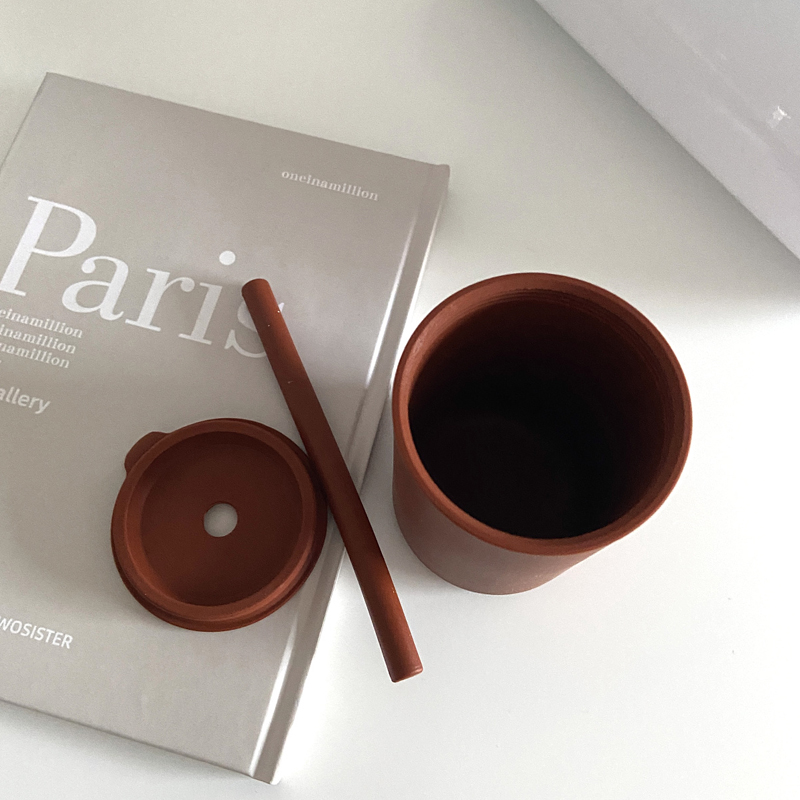Babies like breastfeeding or bottle feeding-this is not surprising. However, when you realize that you have a high degree of attachment to them, you may be caught off guard. No wonder! They are predictable, simple, and most importantly, they remind people that this increasingly independent child is still your child.
However, in the end, it’s time to say goodbye to breasts or bottles. Read our guide to transitioning to straw cups, and then view our summary of the best options on the market today.
Your baby may not be able to hold the cup or drink alone without spilling it until after 1 year old, but let them start the practice early. The ideal time to introduce straw cups—whether they are straws, mouthed, or mouthless—is usually about 6 months old, when they start to drink solids. When they eat for the first time, they will have many new sensory, motor and cognitive experiences, so it is best to wait a week or two before adding a cup.
Also, as with all transitions, before you begin, think about other things that are happening in your child’s life. Have they started a new daycare? Have you moved recently? If there are any major changes, you may need to wait a month or so before you can switch to cups. Too many changes at once can make your child feel insecure and may become obsessed with familiar routines and things.
Your baby will not start drinking from a straw cup overnight. Here are some expert-approved techniques that can help bridge the gap between the breast or bottle and cup.
First, provide an empty cup for your baby to explore and play. Do this for a few days so that they become familiar with the cup before you put the liquid in the cup. You can also explain that they will soon start drinking from cups. Dr. Mark L. Brunner suggested that he is the author of pacifiers, blankets, bottles and thumbs: every parent should know the start and stop.
Make sure your child is seated before giving them a glass of water, breast milk or formula (don’t drink juice at this age). Lift the cup to their mouth and tilt it slowly so that a small amount of liquid drips in. Give your child time to swallow before providing more fluid. If you put breast milk or formula milk (or even baby food puree) on the tip of a baby cup with a short straw, your baby will taste it and may suck on the straw to get more.
The first few times your baby drinks from the cup, it may be a little messy (may be drooling and dripping). Don’t force your children to accept more than they want, because you don’t want to turn this into a power struggle. If they try to grab a cup to drink by themselves, be sure to let them drink by themselves.
This best first straw cup is not only in bright colors, but also designed for babies 4 months and older. It has a non-spill soft silicone nozzle that promotes oral growth, a valve that allows the baby to control the flow of drinking water, and an easy-to-grip handle that actually sends the cup to the mouth.
This BPA-free cup is specially designed for babies 4 months and older. It is equipped with a soft silicone nozzle that can be “locked” by your baby. The anti-colic valve prevents air bubbles from being generated, thereby reducing irritability caused by gas. More importantly, the sippy cup is ideal for road trips, thanks to the detachable handle (which fits into the cup holder!) and the snug lid.
Post time: Jul-20-2021


